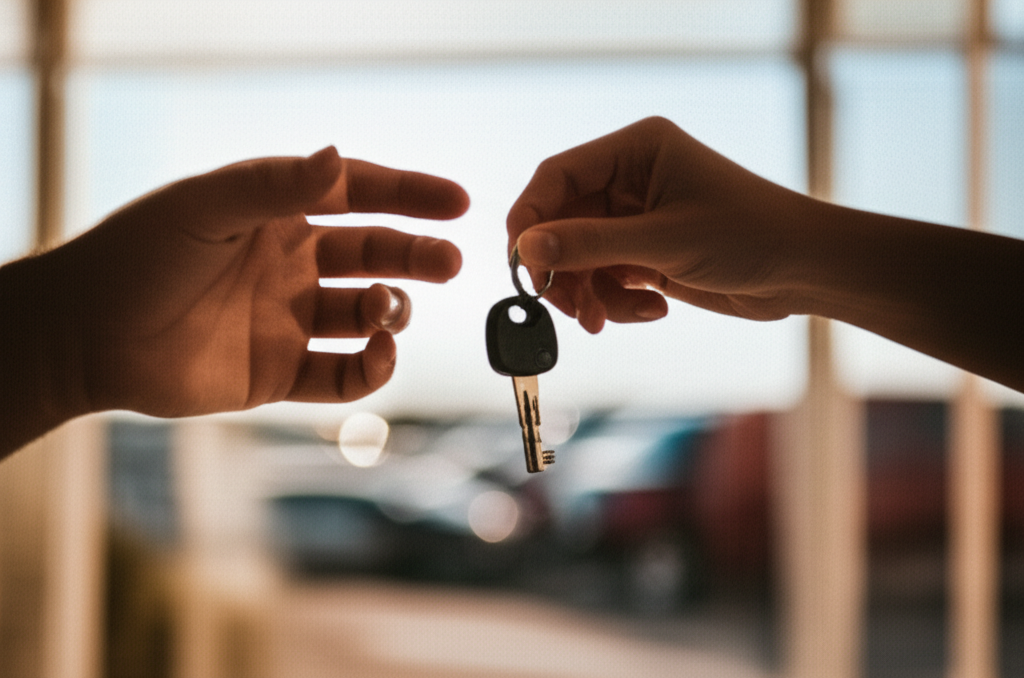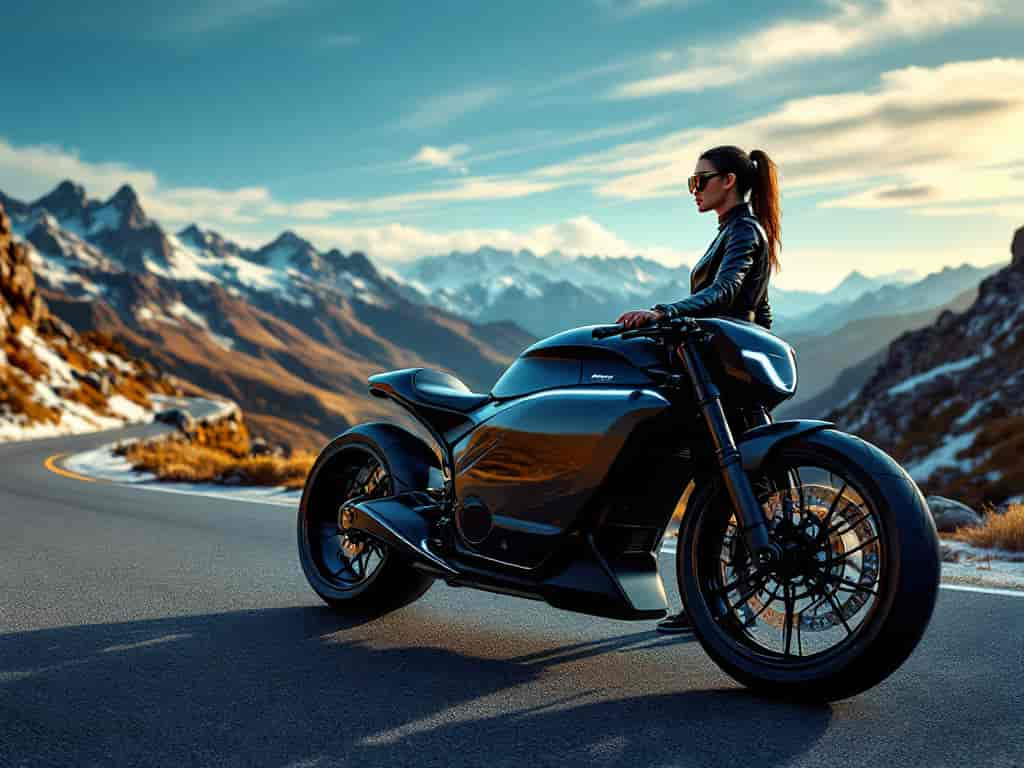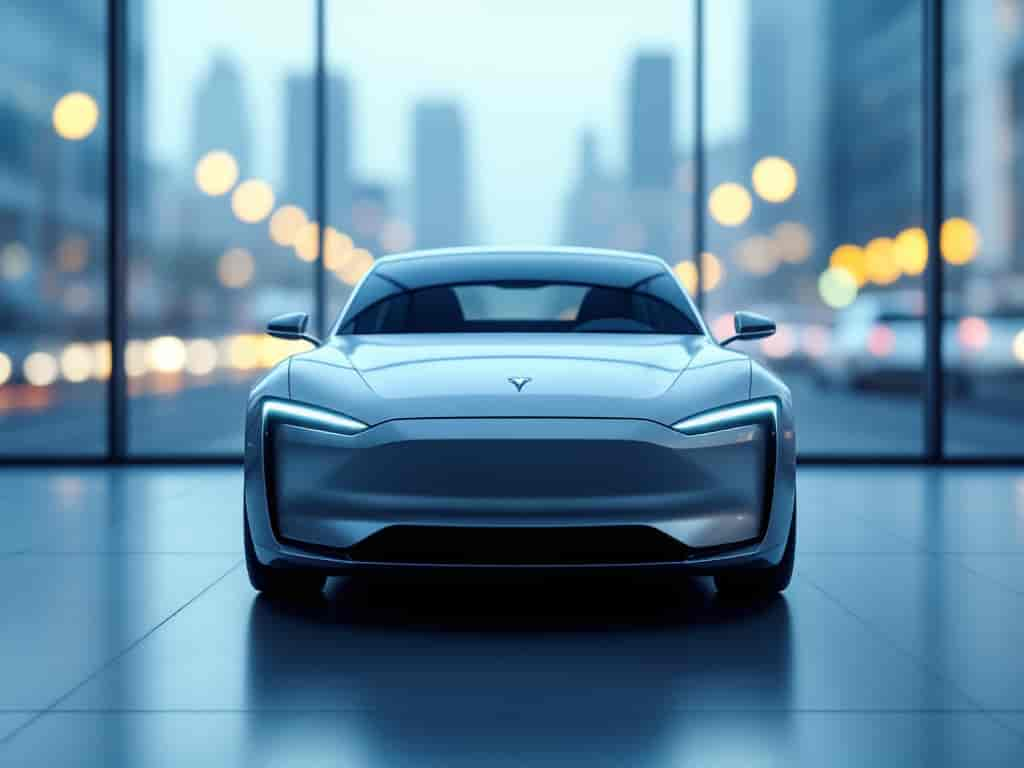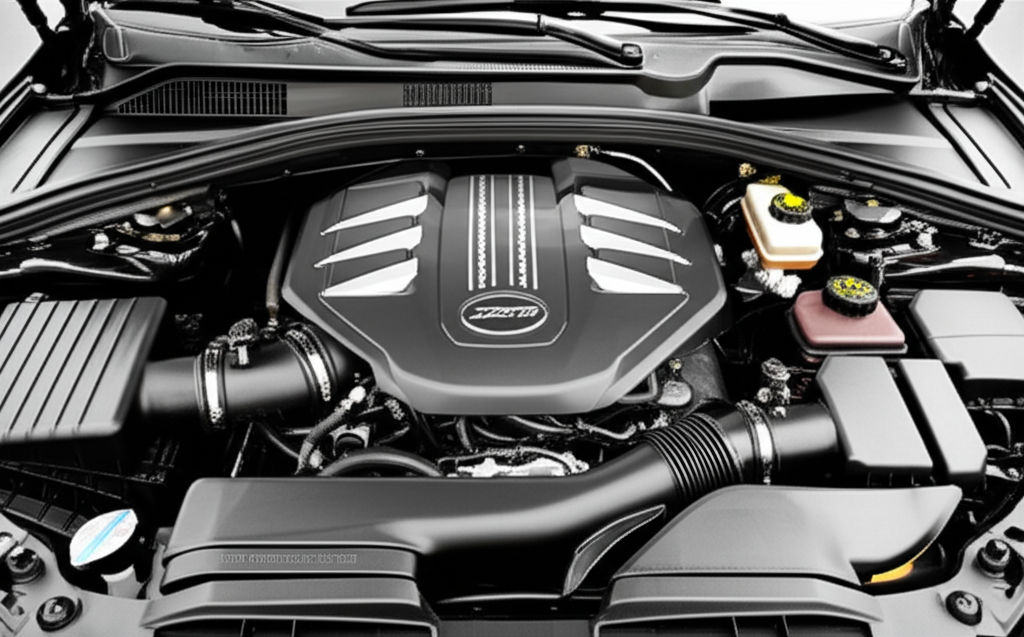Choosing The Best Automotive Spray Gun For Jobs
Ellie Moore

Photo: Achieve a flawless finish! Our guide helps you choose the perfect automotive spray gun, covering HVLP, RP, and LVLP types for pro results.
Choosing the right automotive spray gun for your projects can feel like navigating a complex maze. Whether you're a seasoned professional tackling a full vehicle repaint or a passionate DIY enthusiast touching up a fender, the quality of your finish hinges significantly on the spray gun you choose. This isn't just about applying paint; it's about achieving a flawless, durable, and professional-looking result that stands the test of time.
Investing in the best automotive spray gun isn't merely a purchase; it's an investment in precision, efficiency, and the ultimate satisfaction of a job well done. But with a myriad of options, technologies, and specifications available, how do you pinpoint the perfect tool for your specific needs? This comprehensive guide will demystify the world of automotive spray guns, helping you make an informed decision that elevates your painting game.
Understanding Automotive Spray Gun Types: Your Foundation for Flawless Finishes
Before diving into specific features, it's crucial to grasp the fundamental types of automotive spray guns. Each type operates on a different principle, offering distinct advantages for various applications and paint materials.
High Volume Low Pressure (HVLP) Spray Guns
HVLP guns are the darlings of modern automotive painting, primarily due to their efficiency and reduced overspray. They operate by using a high volume of air at a low pressure (typically 10 PSI at the air cap). This design atomizes paint effectively while minimizing bounce-back and material waste.
- Pros:
- High Transfer Efficiency: Up to 65-75% of the paint reaches the surface, meaning less waste and cost savings.
- Reduced Overspray: Creates a cleaner work environment and less material in the air, making it safer for the user and surroundings.
- Fewer Emissions: Environmentally friendlier due to less wasted paint.
- Excellent for Clear Coats and Basecoats: Provides a smooth, even finish.
- Cons:
- Can be Slower: Lower pressure might mean slower application, especially for thicker materials.
- Higher Air Volume Requirement: Often demands a larger air compressor.
Reduced Pressure (RP) or High Efficiency (HE) Spray Guns
RP guns are a hybrid, combining some of the speed of conventional guns with the transfer efficiency benefits of HVLP. They operate at higher pressures than HVLP but still offer better transfer efficiency than traditional guns.
- Pros:
- Faster Application: Generally quicker than HVLP, making them good for larger surfaces.
- Good Transfer Efficiency: Better than conventional, though slightly less than HVLP.
- Versatile: Can handle a wide range of materials.
- Cons:
- More Overspray than HVLP: Still produces more waste and airborne particles.
Low Volume Low Pressure (LVLP) Spray Guns
LVLP spray guns are designed for even greater efficiency than HVLP, using both low volume and low pressure. They are ideal for smaller compressors or situations where air supply is limited.
- Pros:
- Extremely High Transfer Efficiency: Often exceeding HVLP in certain applications.
- Minimal Overspray: Excellent for precision work and reducing material consumption.
- Lower Air Consumption: Ideal for smaller workshops or mobile setups.
- Cons:
- Slower Application Speed: Can be the slowest among the types.
- Requires Precise Technique: Can be unforgiving if not used correctly.
Conventional Spray Guns
Once the industry standard, conventional spray guns operate at high pressures and use a high volume of air to atomize paint. While still used for certain applications, their lower transfer efficiency has led to their decline in general automotive use.
- Pros:
- Fast Application: Quickest for laying down paint.
- Fine Atomization: Can produce a very smooth finish with proper technique.
- Cons:
- Very Low Transfer Efficiency: A significant amount of paint is wasted as overspray.
- High Material Consumption: More expensive to operate due to waste.
- Environmental Concerns: High emissions of VOCs (Volatile Organic Compounds).
Key Factors to Consider When Choosing the Best Automotive Spray Gun
Selecting the perfect automotive spray gun isn't a one-size-fits-all scenario. Your choice should be dictated by a combination of factors, including the type of job, your existing equipment, and your budget.
1. Application: What Are You Painting?
Different stages of automotive painting require different spray gun characteristics.
- Primers: Often thicker, requiring larger fluid tips and robust atomization. Many prefer RP or conventional guns for their speed, but HVLP can work with larger tips.
- Basecoats: Typically thinner and require fine atomization for even coverage and metallic flake orientation. HVLP or LVLP are excellent choices.
- Clear Coats: Demand the finest atomization for a smooth, high-gloss finish without orange peel. HVLP and LVLP are highly recommended for clear coat application.
- Spot Repairs/Small Jobs: Mini HVLP or detail guns are perfect for small areas, offering precision and minimizing overspray.
2. Air Compressor Requirements
This is a critical, often overlooked factor. Your spray gun is only as good as the air supply it receives. Every spray gun specifies its required CFM (Cubic Feet per Minute) at a certain PSI (Pounds per Square Inch).
- Match CFM: Ensure your air compressor can consistently deliver the required CFM at the specified PSI for your chosen spray gun. Running a gun with insufficient air pressure will result in poor atomization, inconsistent finishes, and frustration.
- Tank Size: A larger air tank (e.g., 60-80 gallons) is beneficial as it provides a more stable air supply and allows the compressor to run less frequently, reducing wear and tear. For professional work, a continuous-duty compressor is ideal.
3. Nozzle/Fluid Tip Size
The fluid tip, combined with the air cap, determines how the paint is atomized and laid down. Different paint materials require different tip sizes.
- **Small Tips (0.8mm - 1
Finance & Investment
View All
June 26, 2025
Auto Finance Basics Every Buyer Should KnowElevate your website with expert SEO content. Discover how to create authoritative, trustworthy content that ranks higher & captivates readers.
Ellie Moore

April 16, 2025
Lease vs Finance Which Saves MoreUnlock search dominance! Craft expert SEO content by understanding your audience, mastering keywords, and creating high-value, engaging articles.
Ellie Moore

June 3, 2025
Auto Finance for Used CarsUnlock top rankings and authority with expert SEO content. Discover how E-E-A-T, deep knowledge, and trust are essential for future-proof digital success.
Ellie Moore

August 4, 2025
Contact Kia Finance Company FastMaster expert SEO content with E-E-A-T to dominate search rankings, build trust, and drive traffic. Your blueprint for 2025 success.
Ellie Moore

June 16, 2025
Mazda Finance Options for Smart BuyersDominate search in 2025! Learn to craft expert SEO content that delivers value, authority, and perfectly matches user intent using E-E-A-T principles.
Ellie Moore

January 20, 2025
Latest Market News from MSNBC FinanceUnlock your online potential with expert SEO content. Drive rankings, organic traffic, and brand trust by creating high-quality, E-E-A-T-focused material.
Ellie Moore
Insurance
View AllLearn how gig workers can protect themselves with insurance solutions designed for freelance and flexible work.
Ellie Moore
Enhance your coverage with insurance riders. Learn about their types, benefits, and why they’re crucial for customizing policies.
Ellie Moore
Explore emerging trends reshaping insurance in 2025. Stay ahead with insights on AI, blockchain, and coverage innovations.
Ellie Moore
Discover how artificial intelligence simplifies claims, enhances accuracy, and speeds up insurance processes.
Ellie Moore
Learn how blockchain is enhancing transparency and security in modern insurance policies. Is your coverage future-ready?
Ellie Moore
Explore aviation insurance options, from aircraft liability to passenger protection. Secure the skies for your operations!
Ellie Moore
Education
View AllUnderstanding memory is key to better teaching. Learn how memory functions and how to use this knowledge to enhance teaching techniques.
Read MoreRevive ancient teaching with the Socratic method! Learn how this questioning approach encourages deep thinking and active learning.
Read MoreLearn key strategies for creating inclusive classrooms. Discover how to foster equality, engagement, and a sense of belonging for every student.
Read MoreForest schools offer hands-on learning in nature. Discover how this approach nurtures creativity, problem-solving, and environmental awareness in students.
Read MoreExplore the benefits of hybrid learning models. Learn how to balance online and face-to-face teaching for a more flexible education experience.
Read MoreUnderstand the causes, effects, and potential solutions to the student loan debt crisis. Learn what can be done to ease this financial burden.
Read MorePopular Post 🔥
View All
2
3
4
5
6
7
8
10
Health






Automotive
View All
September 12, 2025
Lincoln Automotive Financial Services Explained
Discover Lincoln Automotive Financial Services (LAFS). Get tailored financing & leasing for your luxury Lincoln, with world-class support.

February 10, 2025
Electric Motorcycles: The Future of Two-Wheel Rides
Are electric motorcycles the next big thing? Explore the latest models, benefits, and how they compare to traditional bikes. Ready to switch gears?

August 3, 2025
Choosing The Best Automotive Spray Gun For Jobs
Achieve a flawless finish! Our guide helps you choose the perfect automotive spray gun, covering HVLP, RP, and LVLP types for pro results.

February 16, 2025
Top Electric Vehicle Myths Debunked
Don’t believe the EV myths! We debunk the top misconceptions about electric vehicles and reveal the truth behind green driving.

August 22, 2025
Davis Automotive Quality You Can Count On
Davis Automotive defines quality in auto repair. Experience expert service, honest assessments, and lasting peace of mind for your vehicle. Your trusted choice.

August 13, 2025
Airport Automotive Convenient Car Service
Travel worry-free! Airport car service offers proactive vehicle care & maintenance while you're away, ensuring peace of mind for your return.

















